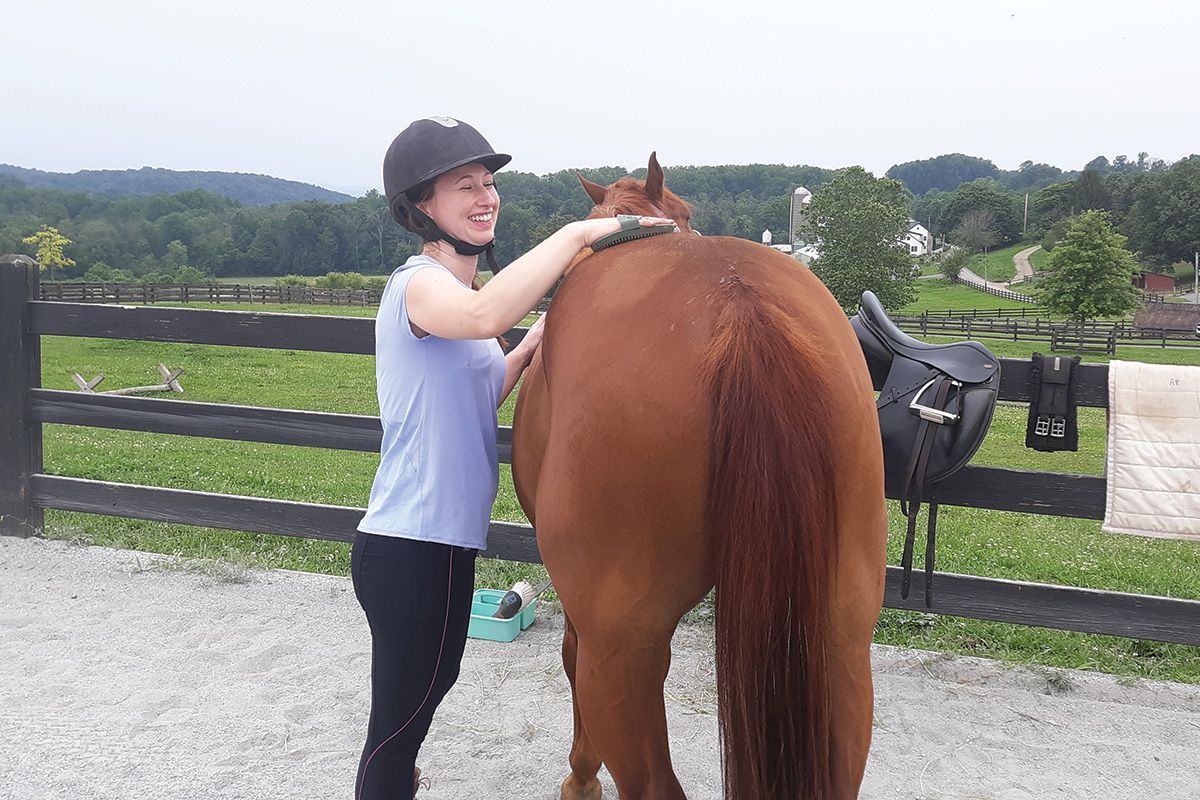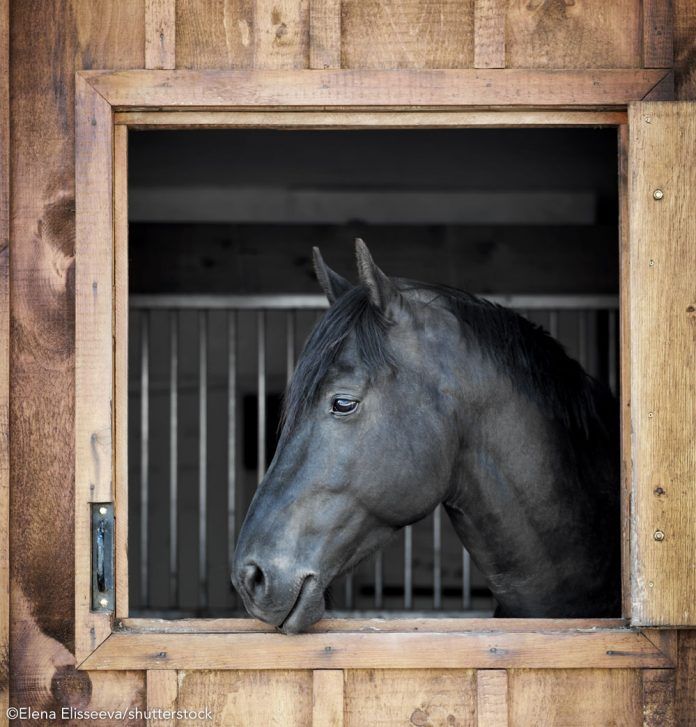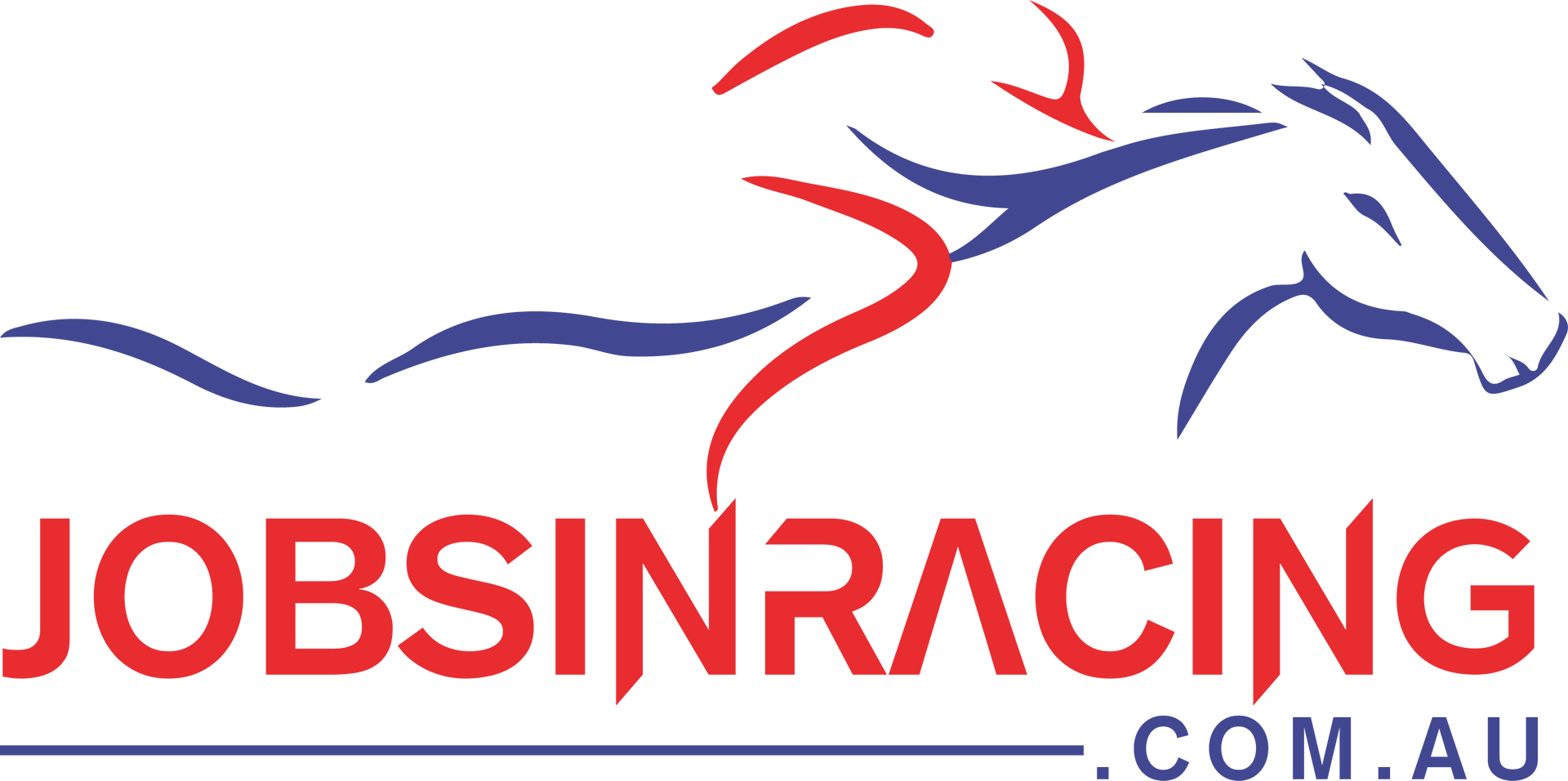10 Common Horse Care Mistakes
The following horse care mistakes are simple to be on the lookout for, but you have to be vigilant when keeping an eye on your horse’s health and care quality.
No one goes through life without making mistakes, and luckily for us, most errors have minor consequences. Even so, life with horses raises the bar because they are large, heavy, quick, easy to scare, and require a high level of care — in which case, mistakes can have more severe consequences.
We worry about our horses being too hot or too cold or exposed to sudden weather fluctuations. We stand in stores reading fly spray labels to determine which might work best and fret about whether a rain sheet, mid-weight, or heavy turnout rug is necessary, only to then worry about our horse sweating or shivering under it if we pick the wrong one.
Therefore, it’s not surprising that our overworked minds might miss something. Problems pop up like pasture weeds. Here are 10 potentially problematic horse care mistakes to keep on your radar.
1. Over-Blanketing
Opinions about blanketing horses are as fraught with emotion as those about keeping newborn babies warm. Is the baby cold? Too warm? Is the blanket too tight, too loose? When should it be removed? The decision to blanket depends primarily upon weather conditions, temperature, available shelter, and your horse’s hair coat.
If your horse lives outdoors and wears a turnout rug, it should be removed daily for grooming while his skin is checked for rubs and his overall body condition is noted. Clipped horses have their natural protection removed, and need heavier blankets than horses with natural coats. Rain sheets and mid-weights are often enough for unclipped horses, while heavy rugs and neck covers are usually needed if the horse is clipped, thin, or used to a warmer climate.
Many healthy animals with a natural coat don’t need blanketing in winter as long as they have access to shelter from wind and precipitation. Blankets should always be removed if your horse is sweating underneath. It’s easier and far worse for a horse to overheat than be uncomfortable from cold or breezy weather, so err on the side of under-blanketing instead of over-blanketing.
2. Moldy Hay
Buying hay is always a challenge and has become more so in the last decade. Small square bales have given way to large ones, and round bales are practically impossible to assess for quality.
Drought conditions have made the supply smaller, with farmers baling fewer cuttings every year. Prices are high, requiring long searches for good hay in a tough market. Too often, when hay prices get high, horse owners are tempted to lower their standards and feed bales they would typically reject. This is risky, since bad hay causes respiratory problems and can be fatal if it is contaminated with blister beetles or toxic plants.
Never mistake tight, heavy bales or a green tint for quality, as weight can indicate that the hay was baled damp and the green color can be sprayed on like a faux lawn. There’s no substitute for your eyes and nose.
Learn what good hay looks and smells like and always inspect a few bales before you purchase. Even if you board your horse, always keep a close eye on what he is eating and insist on quality hay.
3. Dusty Bedding
Dusty bedding, hay, and arena footing can trigger equine asthma, a respiratory disease that is much harder to treat than to prevent. When buying pine shavings, check the wrapper to make sure you are buying the dust-free option. The cheaper products can become very expensive if your horse ends up with a persistent cough.
Shredded newspaper is the lowest-dust bedding available, although it may not be feasible to find in all areas. Straw bedding is the highest in dust.
4. Cluttered Barn Aisles
Your barn aisle is ground zero for your horse activities. It should be de-cluttered periodically and assessed for safety.
A horse may have gone in and out of his stall without incident for years, but it only takes one mistake for a door handle to slice his flank enough to require stitches. Protruding tack hooks and slippery footing are other avoidable accidents waiting to happen.
Cross-ties should always have breakaway hardware fastened closest to the wall so if you need to unfasten it in an emergency, you aren’t as close to a panicking horse. A loop of baling twine between the hardware and the wall hook is another breakaway point that will hold everyday forces but gives in case of a panicked pull-back.
Another potential hazard is the placement of feed containers in the aisle in front of stalls. Many horses are escape artists, and nothing tempts them like available food they know is just inches away.
5. No Pre-Purchase Vet Check
Both experienced and novice horse buyers often skip a pre-purchase exam for a variety of reasons: cost, inconvenience of scheduling, not knowing a local veterinarian where the horse is located, and believing they have the skills to detect conformation flaws or signs of looming disease.
A pre-purchase exam is not a health guarantee because the vet is only examining what exists the day of the exam, but any major issues will be a red flag to a professional who treats horses on a regular basis.
Laminitis has a lingering imprint in the ridges on a horse’s hooves; a heart murmur declares its presence through a stethoscope; and lameness is often subtle and difficult to detect—all are best assessed by a veterinarian. The fee for this service is tiny compared to owning a horse that you can’t sell in good fait.
6. Contracts for Horse Sales or Lease Agreements
The era of closing a horse sale with a handshake is long gone, yet many purchase agreements today have an abysmal paper trail. We live in a world that requires documentation as protection against lawsuits and disputes between parties who can’t remember the details of the original transaction.
7. Failing to Pre-Check Your Trailer
You’ve probably been there before: You’re in such a hurry to get on the road to the horse show or late for that trail ride that you skip the checklist of pre-departure truck, hitch and trailer inspections before starting the engine.
Owning a new trailer does not preclude a safety check on door and window latches, air vents, butt bars (if you have them), tire inflation, trailer lights, hitch connections, and electric wiring. Trailer windows should be open (with grills closed) based on weather and predicted inside temperature once underway. Most of the time, the temperature inside the trailer is much hotter than outside.
8. Buying and Keeping an Unsuitable Horse
Far too many people fall in love with a horse at first sight (or photo), throw caution to the wind and buy it, only to soon discover he’s not suited to their skills or needs. Disappointed new owners may resist selling because they are already emotionally committed. This situation typically ends with the horse as a pasture pet or the owner hiring a costly trainer to fix what usually can’t be fixed—an unhappy owner paired with an unsuitable horse.
Buy a horse for what you want to do with him, not because he’s a fashionable breed or has a flashy coat. Buyers should remember the adage, “A good horse is never a bad color.”
9. Trying New Things While Your Horse is Distracted
Don’t set yourself up for failure by ignoring obvious warning signs when teaching your horse something new. Cold, windy weather is not the best time to introduce sidepassing or trail riding. Impending storms often usher in erratic behavior in horses and cause problems under saddle.
Avoid trying to train when the arena is filled with distractions like jumping ponies and galloping reiners. Your horse learns better when he can focus. Likewise, don’t expect concentration when it’s feeding time and all of the other horses are happily digging into their meal.
10. Spoiling Your Horse
Horses are like children in that they will take advantage of weak leadership, and they occasionally need correction. Failing to assert yourself as the leader of your “herd of two” usually ends in disappointment, if not injury.
If you can’t assert yourself enough to do this, your horse will step right into the role. Watch two horses turned out together and you’ll see they settle who is in charge within minutes, and every breach of that agreement will be challenged. Horse owners should never fall for the myth that horses love those who placate and spoil them. Horses respect clear leadership, not pushover love.
Every horse owner has made one of these mistakes in horse care and horsemanship, and probably asked themselves later why they didn’t listen to their inner voice telling them another day would be better to try something new. There is no need to learn a lesson the hard way!
Source: https://www.horseillustrated.com/10-common-horse-care-mistakes


